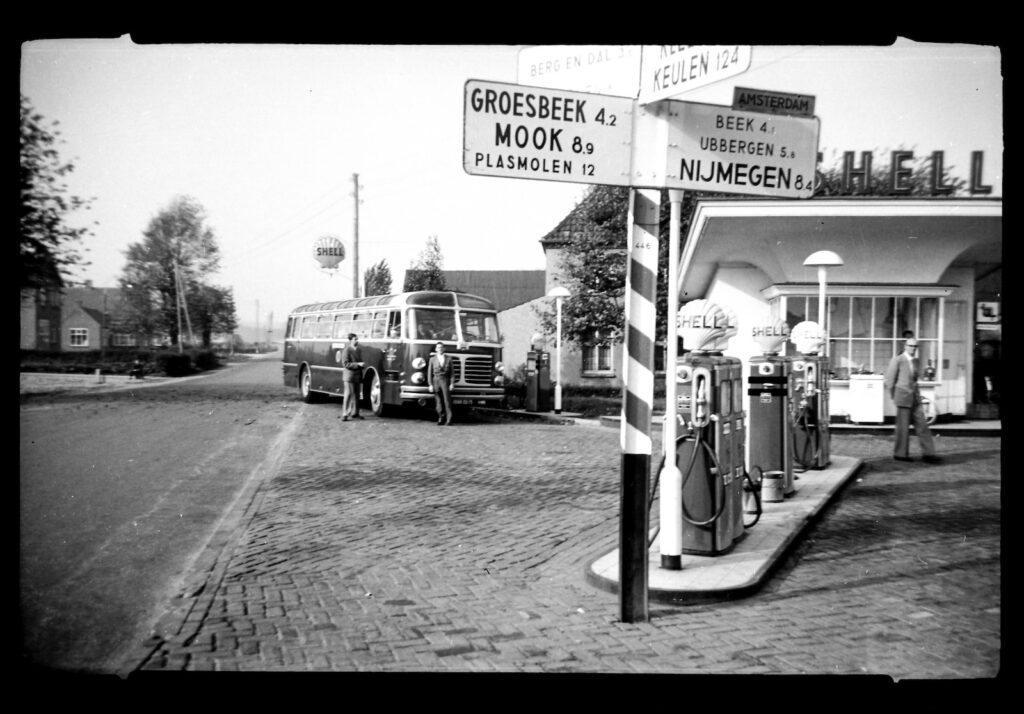
About half the towners who lived in Jeap’s Holler owned motor vehicles of one sort or another. J.C. was not one of them. He owned a fat-tire bicycle and kept its chain oiled. It had a tote trailer attached to the back which allowed J.C. to haul the stuff he needed such as groceries and library books.
J.C. mounted his blue Star-Trail bike and rode west on B Street, two blocks until he came to Filbert Avenue where he turned left and headed south toward F Street. At F Street he floated a right turn and headed west again. There the bungalows spread out on larger lots and floated in green.
There were gardens everywhere though they were not deep yet since it was only April. By June the little white, yellow, or green bungalows would hardly be visible when the gardens had achieved their full glory. Lawns, when they existed, were reserved for backyards and were usually small. Most residents of Jeap’s Holler would rather grow flowers or rosebushes than idle good ground with, virtually, pasture.
It was a half-mile to Jean Friggatt’s place down F Street once J.C. had turned west. Along the way grew nice, mature trees—hardwoods, willows, and fruit trees—which created a polka-dotted effect on the landscape. Looking at this setting, with its soft, green hills and perfect placement of trees, made J.C. feel as if he had entered a land of fairytales and gnomes, where at any minute a dragon might wing past, overhead. The sky was a perfect cerulean except for a line of fleecy white clouds which sailed along its southern horizon.
Right where the road bridged Cold Creek there grew an enormous weeping willow tree. If I were a kid again, thought J.C., I would spend my entire summer in that tree and only come down to fish the creek under its branches. Somehow it seemed the willow created its own breezes where everywhere else there were none.
Fifty yards beyond the willow J.C. arrived at Jean’s house. She would probably be outside, somewhere. He would look for her around back.
“Oh there you are!” sang Jean, her voice high and excited, when she found J.C. inspecting her poll beans. “You’re here just in time; I’m headed in for some lemonade. How about you, Johnny, could you use a lemonade? You must be thirsty from such a long ride, all the way out here.”
J.C. accepted a glass of lemonade, and the two of them sat at a blue painted table under a pear tree and listened to Cold Creek gurgle for a few minutes without conversation.
Jean was a woman of seventy years who still had not lost all of the umber in her hair. She was of medium height but had both a straight back and straight shoulders which made her appear taller than she was. Her face was well wrinkled, yet the wrinkles somehow contributed to her natural beauty. Her eyes were black but, like obsidian, contained light. She was the embodiment of a riddle, and her mind was keener than any J.C. had encountered before. In a way she had become his guru though she was frugal with her outlays of advice.
She seemed to enjoy studying J.C.’s face and did so always with a droll expression on hers. It was as if she read his mind perfectly while she looked at him and found its sundry contents amusing.
She smiled at J.C. A few wisps of her hair had escaped the confines of the floppy brimmed hat she wore and were stuck to her face with perspiration. He returned her smile, thinking how nice it felt to be smiled at.
“Are you going out to see our friends today?” she asked finally.
“Yes, I plan to,” said J.C.
“I hope you will take my pickup. I had to clear out my root cellar, so there are cabbages and onions and other things I needed to get rid of. Some canned goods, too. Oh, and a bag of English walnuts; I’d hate for them to go sour. Will you deliver these things for me?”
“Of course, I’d be happy to.”
“Well then, you’ll have to take the pickup for sure; your bicycle won’t hold it all.”
J.C. nodded in agreement.
“So how many squatters are there, Johnny?”
“Last Monday there were thirteen, including three kids—seven to nine years old, somewhere in that age group, is my guess. The kids were new last week. I don’t know how many total there’ll be this week. Kathy Swann, God bless her, has taken them under her wing, so they’ve probably done all right as far as food goes, but thirteen is a lot of mouths to feed. I’ll see how things are this week, but I’m going to have to bring it up to the council tomorrow night. I can’t keep it under my hat any longer.”
“What’s the mood among the uplanders? Are they worried?”
“The Swanns seem fine. I don’t know about the others. Everything seems okay, so far, from what I can tell.”
“So might the uplanders handle it themselves? Just absorb the squatters?”
“Again, I don’t know. I don’t know if they know, yet. They haven’t made any demands on the council.”
“Don’t mean to change the subject but how’s Dale Scoggins doing these days? You mentioned you wanted to see him last week.”
“Had breakfast with him this morning. Asked him about the common gardens idea. He wasn’t too keen on it. I didn’t mention the squatters. I was afraid that would prompt an automatic rejection without him even listening to the merits of the argument. But I still believe that if the towners made some kind of gesture, such as the gardens, then it would probably put us in a better position to negotiate with the uplanders if it came to that.”
“May I make a suggestion?” asked Jean.
“Yes, of course, Jean.”
“I think you’re right. You should inform the council about the squatter situation tomorrow night. I’ll be there, too, for support. But don’t get too far ahead of yourself, Johnny. The ultimate answer lies in the uplands; they may fix it before we can even start. So let them, if they choose to. In the meantime, talk to Dale Scoggins again when you have the chance. Explain the whole situation to him. Tell him your ideas; he may have some of his own. Dale’s a reasonable man and a problem-solver when he needs to be. We’ll need Dale as an ally if the uplanders can’t handle the squatter problem by themselves. Just take it slowly. That’s my suggestion.”
“Yes, of course, Jean. You are alway right about the timing of things.”
“Your ideas are sound, Johnny, but we have to play it carefully. The worst thing we could do would be to create a schism between the uplanders and the in-towners. Don’t you agree?”
“Oh yes, of course. But we knew word would get out eventually, and we’d have to face this one day. I just have this gut feeling that this is the trickle before the deluge, and the ark isn’t finished, yet. We need to get ahead of it, Jean, so it doesn’t destroy everything we’ve worked for. We’ve put too much into this dream to see it all wash away down stream.”
“That we have,” said Jean. “More lemonade, Johnny?”













